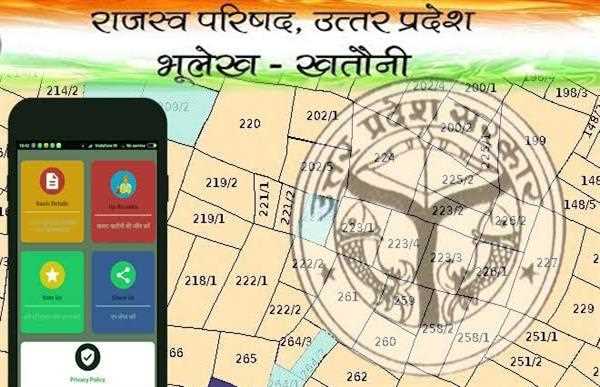Khatauni is a term used in the Uttar Pradesh Revenue Code, 2006, which is a comprehensive law governing the administration of revenue matters in the state of Uttar Pradesh, India. The term Khatauni refers to a record of land holdings or land revenue assessment, which is maintained by the revenue department of the state.
According to the U.P Revenue Code, Khatauni is an important document that contains details of land ownership, including the names of the owner and his/her predecessors, the area of the land, and the type of crop or land use. It also contains details of the revenue assessment, including the amount of revenue to be paid by the owner of the land.
Khatauni is an essential document for the revenue administration in Uttar Pradesh, as it forms the basis for the calculation of land revenue and other taxes. It is updated every year, and any changes in ownership or land use are reflected in the updated Khatauni.
The Khatauni system was introduced by the British during their rule in India, and it has since been used as a key tool for the administration of land revenue in the country. The system is based on the principle of revenue assessment, which is used to determine the amount of tax or revenue that is payable by the landowner.
The Khatauni system in Uttar Pradesh is closely linked to the system of land ownership, which is based on the concept of zamindari, or landlordism. Under this system, the land was owned by a class of zamindars who collected rent from the tenants who cultivated the land. The Khatauni system was used to determine the amount of rent payable by the tenants to the zamindars.
However, with the abolition of zamindari and the introduction of land reforms in India, the Khatauni system has evolved to reflect the changing realities of land ownership and revenue administration. Today, Khatauni is used as a record of land ownership and revenue assessment, and it is an important tool for the revenue department to maintain accurate records of land holdings and revenue collections.